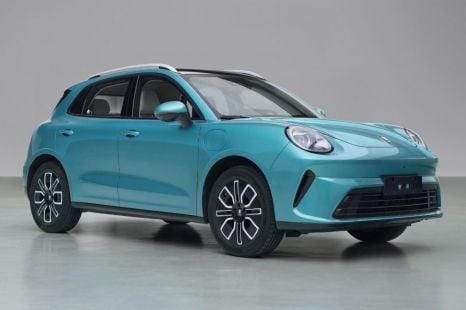

William Stopford
GWM is finally launching an electric SUV as Ora Cat breaks cover
1 Day Ago
VW's global CEO has told international media an updated Golf 8 will launch next year, and detailed plans for the nameplate moving forward.

Marketplace Editor
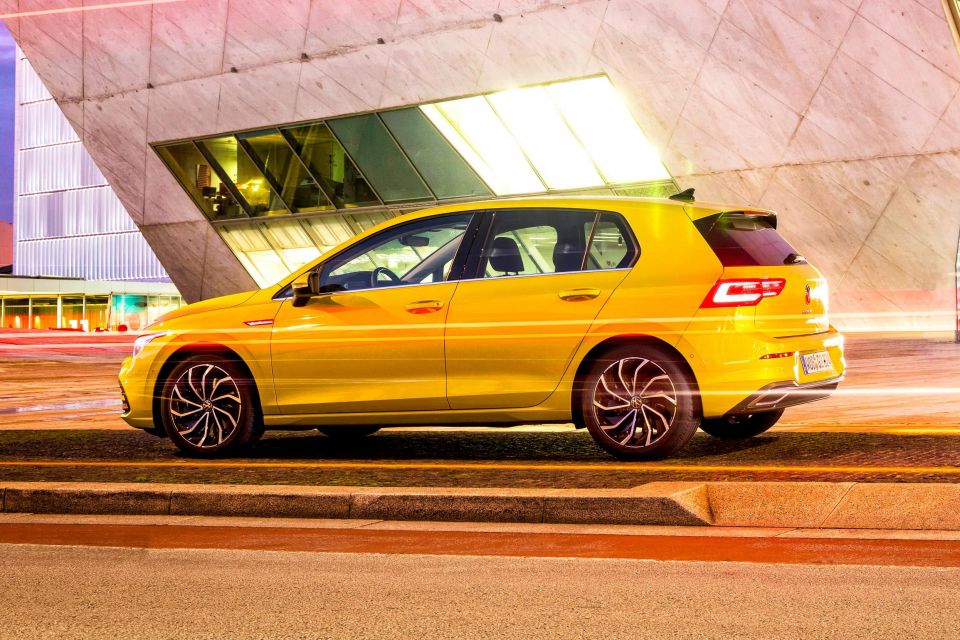

Marketplace Editor
The Mk8 Volkswagen Golf is getting a nip-and-tuck next year, which will take the current model out to an expected electric replacement later this decade.
Speaking with Spain’s AutoBild and subsequently quoted by Motor1, VW CEO Thomas Schäfer said he expects the mid-life update for the brand’s top selling hatchback will be introduced sometime in 2024.
It will likely bring anticipated revisions to its infotainment user interface and interior quality in a similar vein to the upcoming ID.3 EV facelift that will make its way to Australia next year.
While other details are fairly scant at current, it’s expected the revised Golf will offer a larger 12-inch touchscreen as seen on the Cupra Formentor and Leon, backlit climate controls and more user-friendly touch-based controls on the display and steering wheel, as well as an updated range of drivetrains – particularly on the electrification front.
The current car offers 48V mild-hybrid eTSI versions of the 1.0 TSI and 1.5 TSI turbocharged petrol engines, as well as a 1.4 TSI eHybrid plug-in hybrid (PHEV) in two states of tune – the 180kW/400Nm version is offered in Australia with the Cupra Formentor and Leon VZe models.

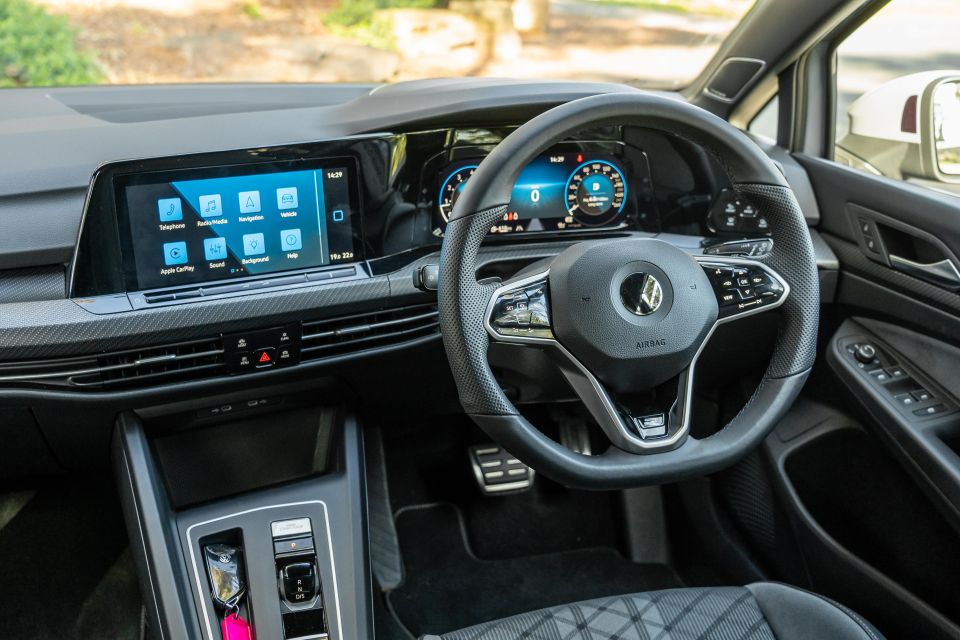
Expected updates, at least for the European market, include the new, more efficient 1.5 TSI evo2 petrol engine that combines the PPF and three-way catalytic converter into one module and reduces the use of precious metals, as well as an enhanced Active Cylinder Management system which shuts off two cylinders under low engine load.
This new power unit will also form the basis of a new-generation plug-in hybrid system that’s due to proliferate amongst MQB Evo-based models in the near future. Using the 1.5 TSI evo2 as a base, the PHEV system should offer up to 200kW in its most powerful form – indicating a 20kW power bump for the GTE.
VW has also mooted a bump in zero-emissions driving range in its next-gen PHEV system courtesy of efficiency developments and a larger battery, with up to 100 kilometres quoted in various Group material speaking of future product. So, expect 80-100km of EV range from the updated Golf eHybrid and GTE.
It’s expected that VW Australia will debut the Golf GTE with the facelifted model, though it’s unlikely to lob until the latter stages of 2024 at the earliest. That’s two years behind VW subsidiary Cupra, which launched its MQB Evo-based plug-in hybrids last year.

While less relevant to the Australian market, Volkswagen also recently detailed an enhanced 2.0 TDI evo diesel engine that now meets the latest Euro 6d emissions regulations – which permit 80mg or NOx per kilometre. New tech includes twin-dose AdBlue technology via a pair of SCR catalytic converters.
This technology hit the Australian market in the Audi A4 allroad and is also available with the Q5, complete with a 12V mild-hybrid system.
In its global press release, Volkswagen says it also plans to integrate a mild-hybrid system to its ubiquitous 2.0 TDI motor, which could see the introduction of a new eTDI moniker that could debut sooner with the next-generation Skoda Kodiaq, VW Tiguan and Passat that are all due to be revealed sometime this year.
Further to the Mk8 facelift, which will likely be on sale globally until around 2028, Mr Schäfer also reaffirmed the company’s plans to keep the Golf badge alive for a ninth generation, though the next iteration “must” be an electric vehicle.
“We are working on a portfolio to see what will be the successor to the current Volkswagen Golf. And from my point of view, it will not be one with a combustion engine. It must be an electric vehicle,” Mr Schäfer said.
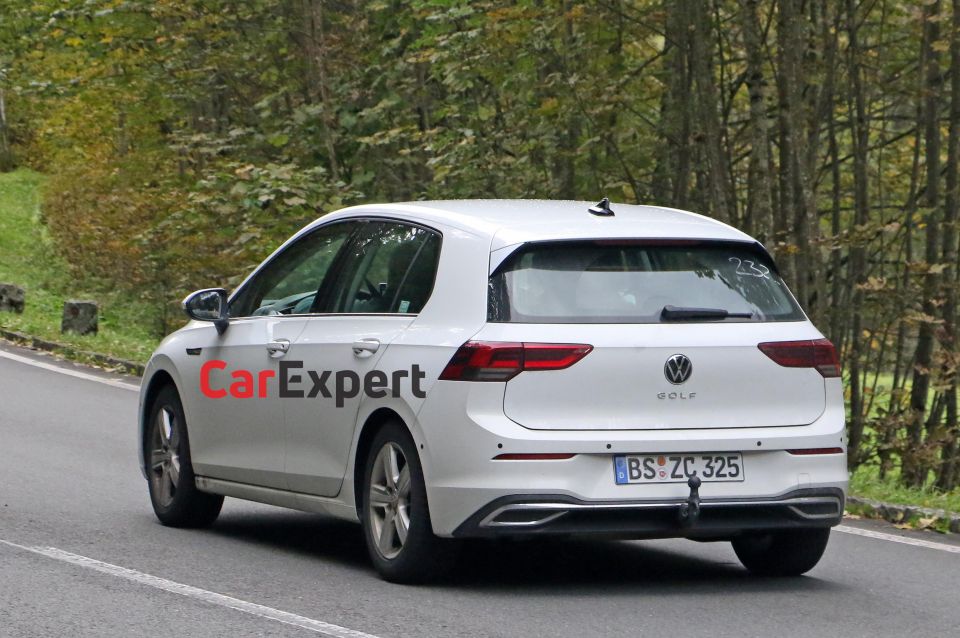
In a recent interview with Autocar late last year, Schäfer said the brand is committed to its “iconic brand names”.
“We have iconic brand names, Golf and GTI. It would be crazy to let them die and slip away. We will stick with the ID. logic but iconic models will carry a name,” Mr Schäfer said.
“There is a connection with VW and ID, and there is no need to cancel [ID.]”
According to overseas reports, the ‘ID. Golf’ or ‘Golf ID.’ names are mooted for the next generation, which will sit underneath the next-generation ID.3 and above the smaller ID.2 due to launch in the coming years, the latter based on the brand’s upcoming cheaper MEB Lite architecture.
The ninth-gen Golf, however, is expected to be based on the upcoming SSP electric platform due in 2026, set to replace both the current MEB and PPE electric architectures, as well as the ICE-based MQB, MLB and MSB platforms.
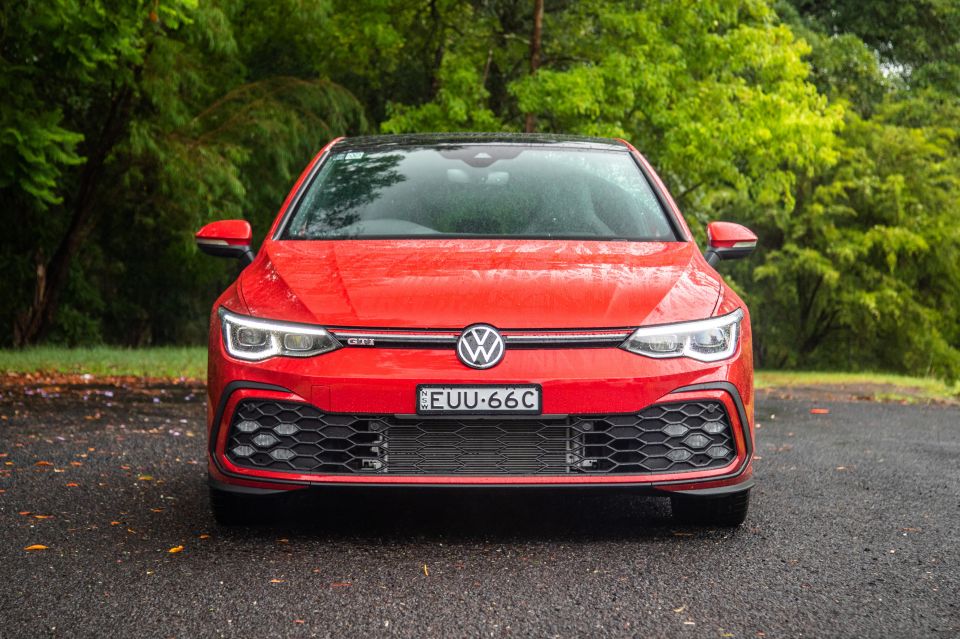
While still a sales favourite in Europe and the UK, the Golf has struggled to match its historic success of late in the Australian market. Global supply issues and component shortages have wreaked havoc for the local division.
The Mk8 Golf arrived in Australia in mid-2021, though it went on sale in Germany at the very end of 2019. The changeover period saw Golf sales plummet 80.8 per cent overall in 2021.
The brand didn’t complete its rollout of the redesigned range until earlier this year with the arrival of the R models. During 2022, 3223 Golf vehicles were registered in Australia, growth of 67.3 per cent.
Ongoing chip shortages have forced VW Australia to stop taking orders of the Golf Hatch for pretty much the entirety of the first quarter of 2023, as this missing component powers the reversing camera – VW Australia says it won’t import vehicles without this feature.
The local arm says any local registrations counted in VFACTS sales figures during the first quarter will be leftover hatchback stock as well as sales of the currently unaffected Golf Wagon.
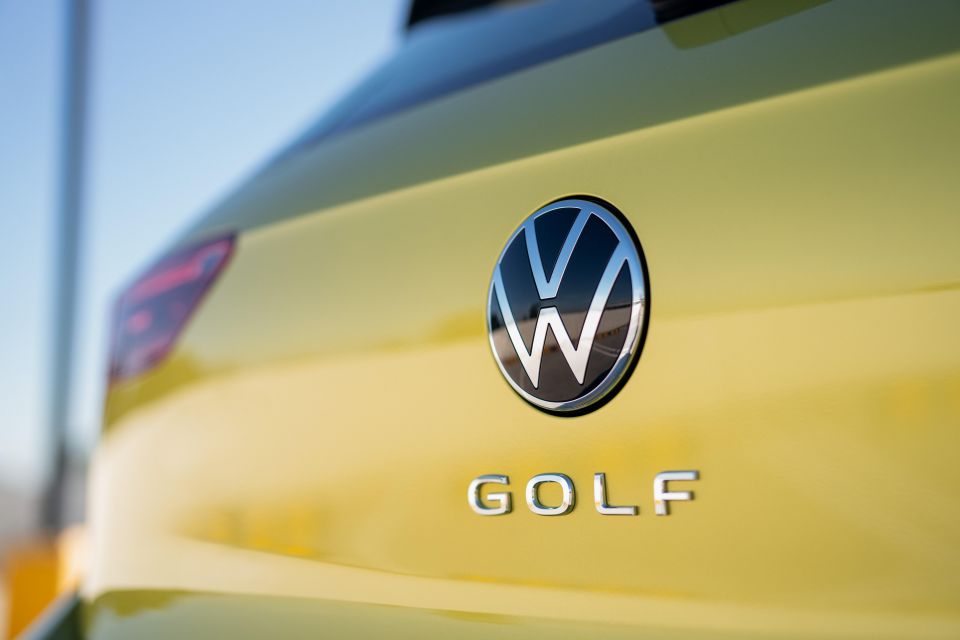
Where expert car reviews meet expert car buying – CarExpert gives you trusted advice, personalised service and real savings on your next new car.
James Wong is an automotive journalist and former PR consultant, recognised among Australia’s most prolific motoring writers.


William Stopford
1 Day Ago
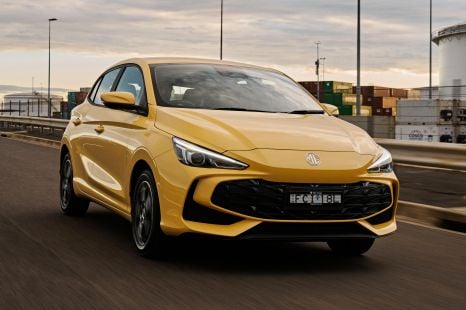

William Stopford
3 Days Ago
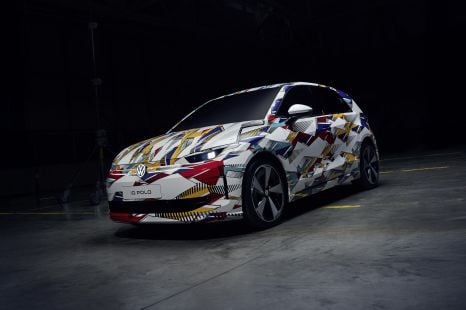

James Wong
9 Days Ago
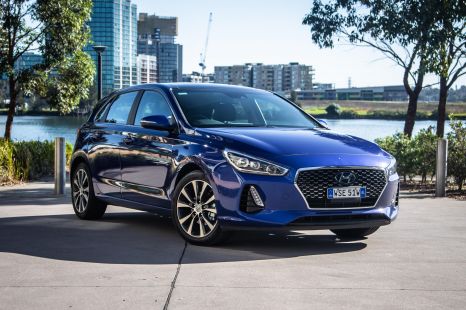

William Stopford
11 Days Ago
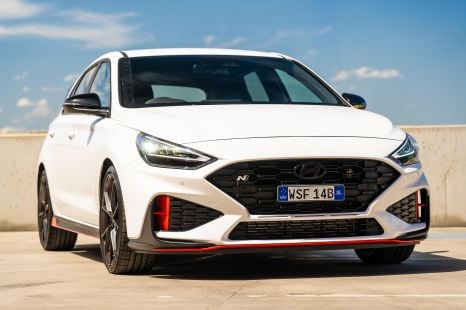

William Stopford
12 Days Ago
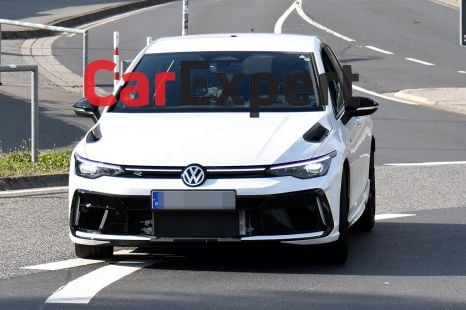

Damion Smy
16 Days Ago